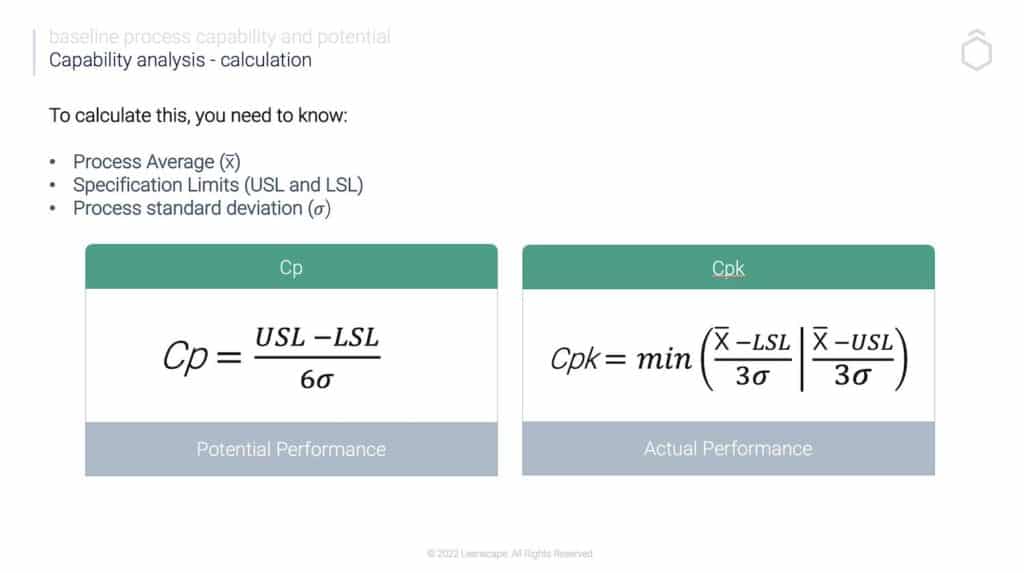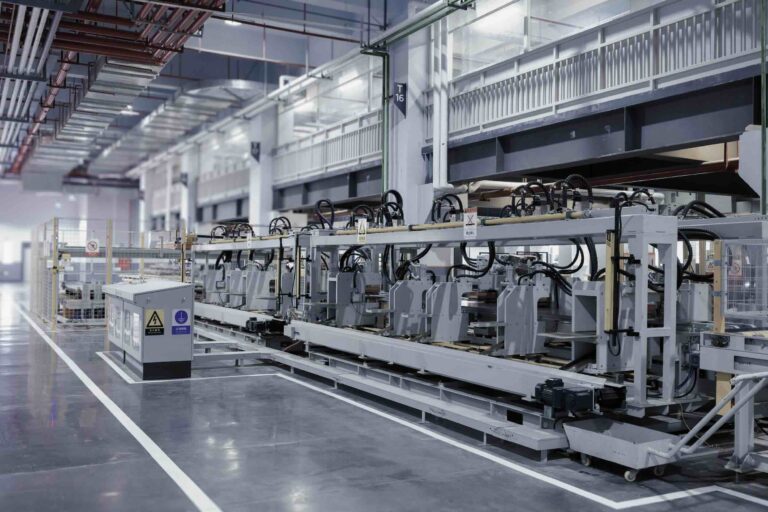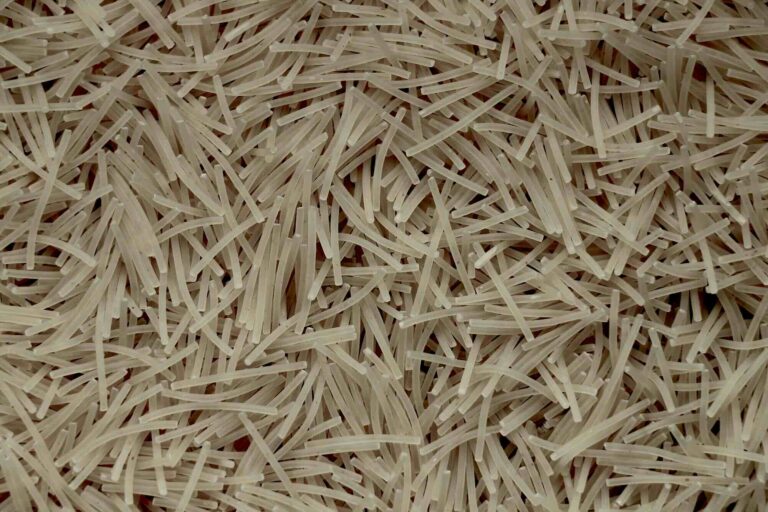Capability analysis is a statistical tool that assesses whether a process is in statistical control and capable of meeting customers’ requirements. In other words, it helps you determine whether your manufacturing process consistently produces products that meet your quality standards.
There are two types of capability analysis: absolute and relative. Absolute capability analysis compares the actual performance of your manufacturing process to the ideal performance. Relative capability analysis, on the other hand, compares the performance of your manufacturing process to the performance of another process (for example, a competitor’s
How Are Cp and CpK Used?
The Cp and CpK measures are used to assess the capability of a process. Specifically, they can be used to answer the following questions:
-Is the process capable of meeting specifications? How well-controlled the process is can be determined by these measures.
-What is the potential for improvement?
-What are the areas of concern?
-What actions need to be taken to improve the process?
How to Use Cp and Cpk
There are two critical measures in capability analysis: Cp and Cpk. Cp stands for “process capability”, and it measures the ability of your manufacturing process to produce a product within specification limits. A high Cp value indicates that your manufacturing process has a wide margin for error; a low Cp value indicates that your manufacturing process has little room for error.
Cpk, on the other hand, stands for “process capability index (Cpk)” and measures how close your manufacturing process is to the centre of the specification limits. The process capability index Cpk is calculated using the upper and lower specification limits, standard deviation, and mean. A high Cpk value indicates that your manufacturing process is operating close to the centre of the specification limits, which is crucial for evaluating process capability and managing resources effectively; a low Cpk value indicates room for improvement.
Process Capability Index Cp and CpK Explained
Cp and CpK are statistical measures used to assess a process’s capability. They are calculated using data from samples that are taken from the process. The Cp measure is calculated as follows:
Cp = (Upper Specification Limit – Lower Specification Limit) / (6 * Standard Deviation)
The CpK measure is calculated using the upper specification limit (USL) as follows:
Cpk = min[(Upper Specification Limit – Process Mean), (Process Mean – Lower Specification Limit)] / (3 * Standard Deviation)
CP CPK Calculation Example

So what does CPK mean?
CPK, short for “Process Capability Index,” is a statistical measure used to determine the ability of a process to produce products within specified limits. It involves understanding the capability of the process to estimate product output by analyzing the distribution of data, control chart analysis, and production conditions. Unlike CP (Process Capability), which measures the variability of the data and the distance between the process average and the specification limits, CPK takes into account both the spread of the data as well as how far off-center the distribution is from the specification limits.
The CPK formula is calculated as the minimum value of the ratio of the difference between the process average and the nearest specification limit to three times the standard deviation. CPK is a critical aspect of measuring process capability, as it helps to identify process improvements that can be made to increase efficiency and quality. During job interviews, candidates may be asked about CPK and how to calculate it, which requires an understanding of process performance analysis, process averages, and the process performance index.
What is a good CP and CPK?
The answer to this is always it depends on the process and what your customers need and want from the process. But as a guide, a CP or CPK which is less than 0, is telling you that the mean (average) of your process is outside of what your customers want. For the formula for Cpk, this is a bad process that is not capable of meeting your customer’s requirements.
CP and CPK Values
A score between 0 and 1 tells us that your mean is now within your customer’s requirements. This is a good start as at least on average you are achieving what your customers want. A CPK of 0.1 lets you know that your average just scrapes inside your specification limits, a score closer to 0.99 tells us that almost all your process spread is within the customer’s requirements.
If you have a process capability indices of greater than one, then it is telling us that your process output is 100% within your customers requirements. In the context of process stability and statistical control, a CPK statistics closer to 2 tells us that your process spread is not just within your requirements, but well within the customer requirements, meaning you are almost always achieving your customers requirements.
100% Free Fundamentals of Lean COURSE
How Are They Used?
The capability index Cpk is used to assess the capability of a process. Specifically, it can be used to answer the following questions:
- Is the process capable of meeting specifications?
- What is the potential for improvement?
- What are the areas of concern?
- What actions need to be taken to improve the process?
Process Capability Analysis Conclusion:
In conclusion, capability analysis studies a process to determine whether it can meet specified requirements. The process capability index (Cpk) is a crucial measurement tool in this analysis, as it helps determine a process’s ability to produce within given specifications. The two most common measures used in capability analysis are Cp and CpK. Cp and CpK are calculated using data from samples taken from the process. They are used to assess the capability of a process and can help answer important questions about the process.
Capability analysis is vital for any organisation that wants to improve its processes and products. Using capability analysis, organisations can identify areas where improvements need to be made. Additionally, capability analysis can be used to assess supplier performance and ensure that suppliers can meet customer requirements. Cp and CpK are two critical indices that should be considered when conducting a capability analysis.
You can learn more about Capability Analysis in our Lean Six Sigma Green Belt Course.




















